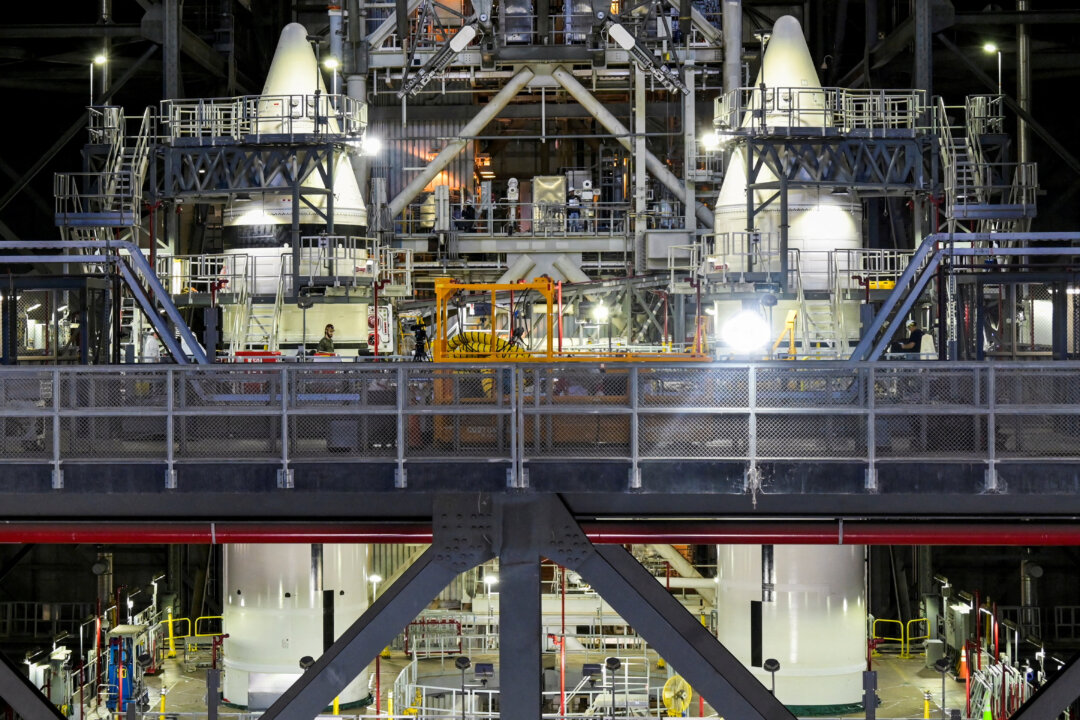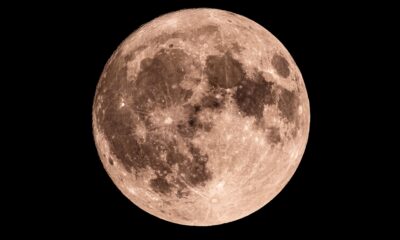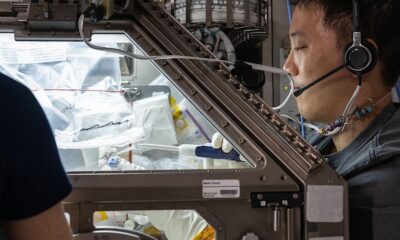Science
NASA Expands Lunar Lander Competition Amid SpaceX Delays

NASA is broadening the competitive landscape for its upcoming Artemis 3 mission due to significant delays with the SpaceX Starship lunar lander. On October 20, 2023, acting administrator Sean Duffy announced that this shift could allow other aerospace companies, notably Blue Origin, founded by Jeff Bezos, and Lockheed Martin, to contribute to the mission aimed at landing astronauts on the moon for the first time since Apollo 17 in 1972.
Duffy emphasized the urgency of the Artemis 3 mission, stating, “Artemis 3 is when we land back on the moon. That’s going to be a year and a half, two years.” He acknowledged that while SpaceX has made remarkable advancements in space technology, their current schedule has raised concerns within the agency. “They are behind schedule, and so the president wants to make sure we beat the Chinese; he wants to get there on his terms,” Duffy added during an interview with Fox News.
The Artemis program represents a critical initiative for NASA, aiming to establish a sustainable human presence on the moon by the end of the decade. The goal is not only to return astronauts to lunar soil but also to lay the groundwork for future missions to Mars. However, the recent announcement highlights the complexities involved in executing such ambitious projects, particularly when relying on a single contractor.
The decision to open the lunar lander contract to additional competitors reflects NASA’s commitment to maintaining its timeline, particularly in the face of increasing global competition in space exploration. The agency is keenly aware of the geopolitical context that surrounds lunar exploration, with nations like China making significant strides in their own space programs.
By inviting other companies to participate, NASA aims to diversify its options and mitigate risks associated with project delays. This approach could foster innovation and enhance the capability of the United States to lead in space exploration.
As this competitive bidding process unfolds, it will be interesting to see how other companies position themselves to contribute to the Artemis 3 mission. The outcome will not only determine who will help land astronauts on the moon but will also reflect the evolving landscape of the aerospace industry.
In summary, NASA’s expansion of the lunar lander contract underscores the agency’s proactive approach to ensuring the success of the Artemis 3 mission. With a firm commitment to returning humans to the moon and beyond, the agency is navigating the challenges of modern space exploration while keeping an eye on international rivalries. As the situation develops, stakeholders will be closely watching how these changes impact the timeline and execution of one of the most ambitious space missions in recent history.
-

 Technology5 months ago
Technology5 months agoDiscover the Top 10 Calorie Counting Apps of 2025
-

 Technology3 weeks ago
Technology3 weeks agoOpenAI to Implement Age Verification for ChatGPT by December 2025
-

 Health3 months ago
Health3 months agoBella Hadid Shares Health Update After Treatment for Lyme Disease
-

 Health4 months ago
Health4 months agoAnalysts Project Stronger Growth for Apple’s iPhone 17 Lineup
-

 Health4 months ago
Health4 months agoErin Bates Shares Recovery Update Following Sepsis Complications
-

 Technology5 months ago
Technology5 months agoDiscover How to Reverse Image Search Using ChatGPT Effortlessly
-

 Technology3 months ago
Technology3 months agoElectric Moto Influencer Surronster Arrested in Tijuana
-

 Technology5 months ago
Technology5 months agoMeta Initiates $60B AI Data Center Expansion, Starting in Ohio
-

 Technology2 months ago
Technology2 months agoDiscover 2025’s Top GPUs for Exceptional 4K Gaming Performance
-

 Technology5 months ago
Technology5 months agoRecovering a Suspended TikTok Account: A Step-by-Step Guide
-

 Health5 months ago
Health5 months agoTested: Rab Firewall Mountain Jacket Survives Harsh Conditions
-

 Lifestyle5 months ago
Lifestyle5 months agoBelton Family Reunites After Daughter Survives Hill Country Floods





















